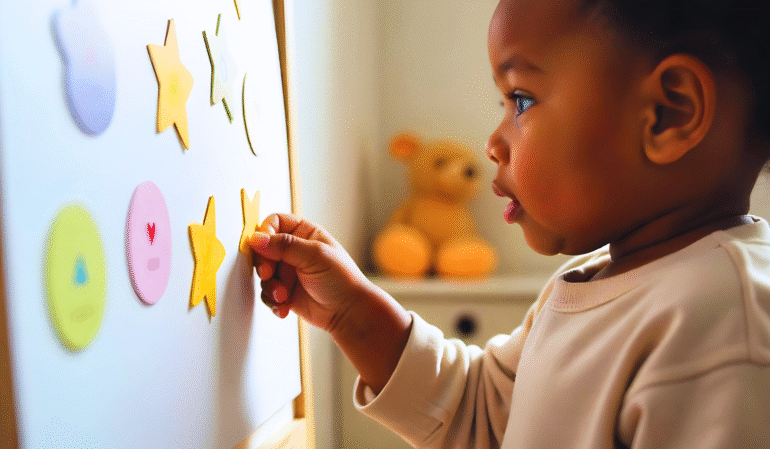
Early Potty Training Readiness
The idea of saying goodbye to diapers is an exciting milestone for many parents—but it’s also one that comes with a lot of questions. Is my child ready? Am I ready? Potty training isn’t a one-size-fits-all process, and while some children show signs of readiness as early as 18 months, others might not be fully prepared until they’re closer to three years old. The key is to watch for cues rather than rushing the process.
Readiness for potty training is more about developmental signs than age. If your toddler can follow basic instructions, communicate when they’re going or about to go, stay dry for longer periods, or shows interest in the bathroom routine, these are all promising indicators. Some children may even begin to tug at their diapers, hide to poop, or express discomfort in soiled diapers—subtle ways of saying, “I’m aware of what’s happening in my body.”
Introducing the idea of using the potty can start gently, without pressure. Let your child observe you or an older sibling using the toilet. You might keep a toddler potty chair in the bathroom and let them sit on it fully clothed at first. Reading books about potty training or using fun songs and rewards can make the experience feel positive and safe. The goal isn’t perfection—it’s progress, and even small steps like sitting on the potty willingly are worth celebrating.
It’s important to remember that accidents are part of the process, and setbacks are normal. Keep the tone light and encouraging. Pushing too hard too soon can lead to resistance, while a calm and patient approach builds confidence. Ultimately, potty training is about helping your child gain a sense of control and independence, not just keeping the floor dry. And when the day finally comes that your little one proudly flushes on their own, it’ll be more than just a step toward growing up—it’ll be a moment of shared victory.